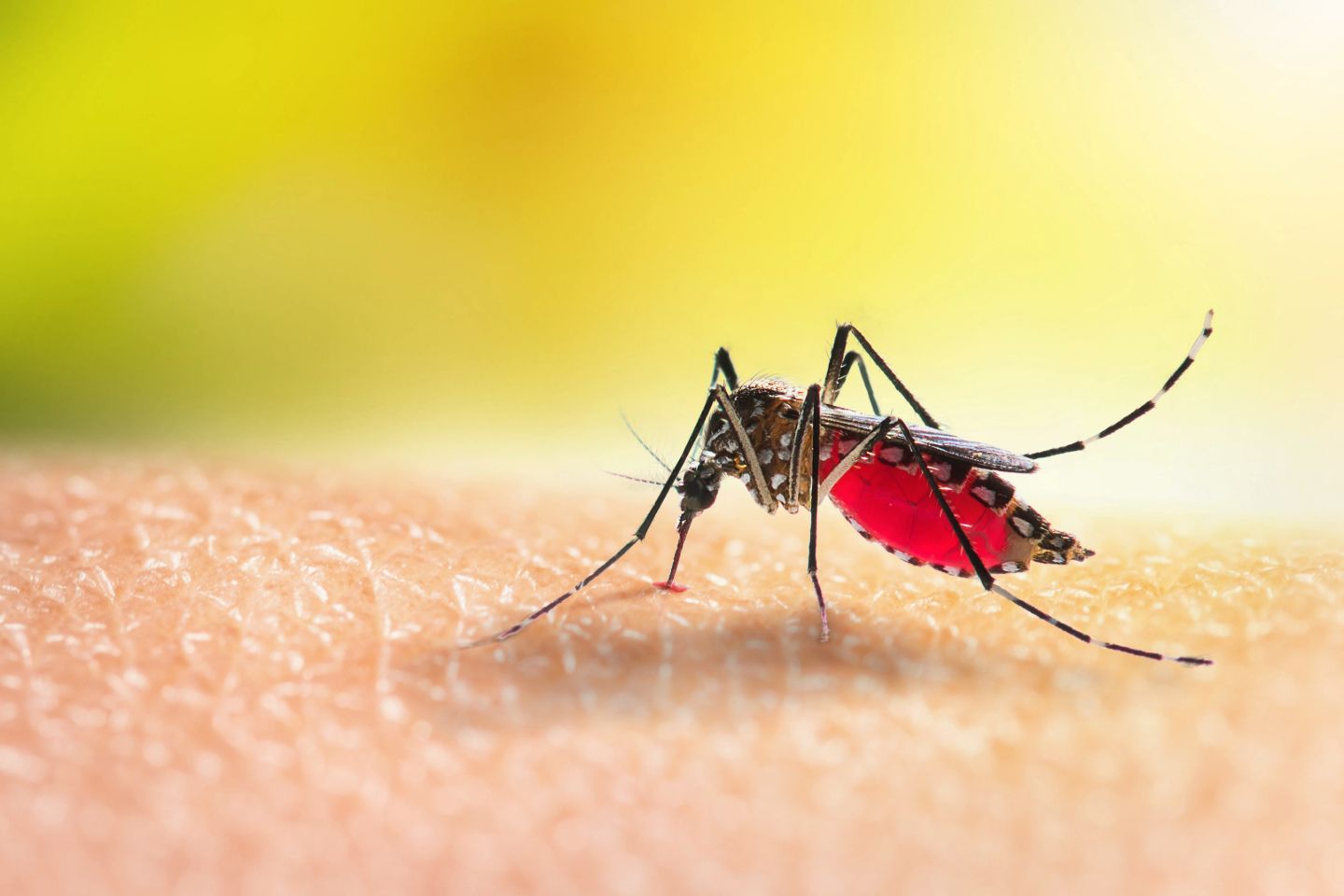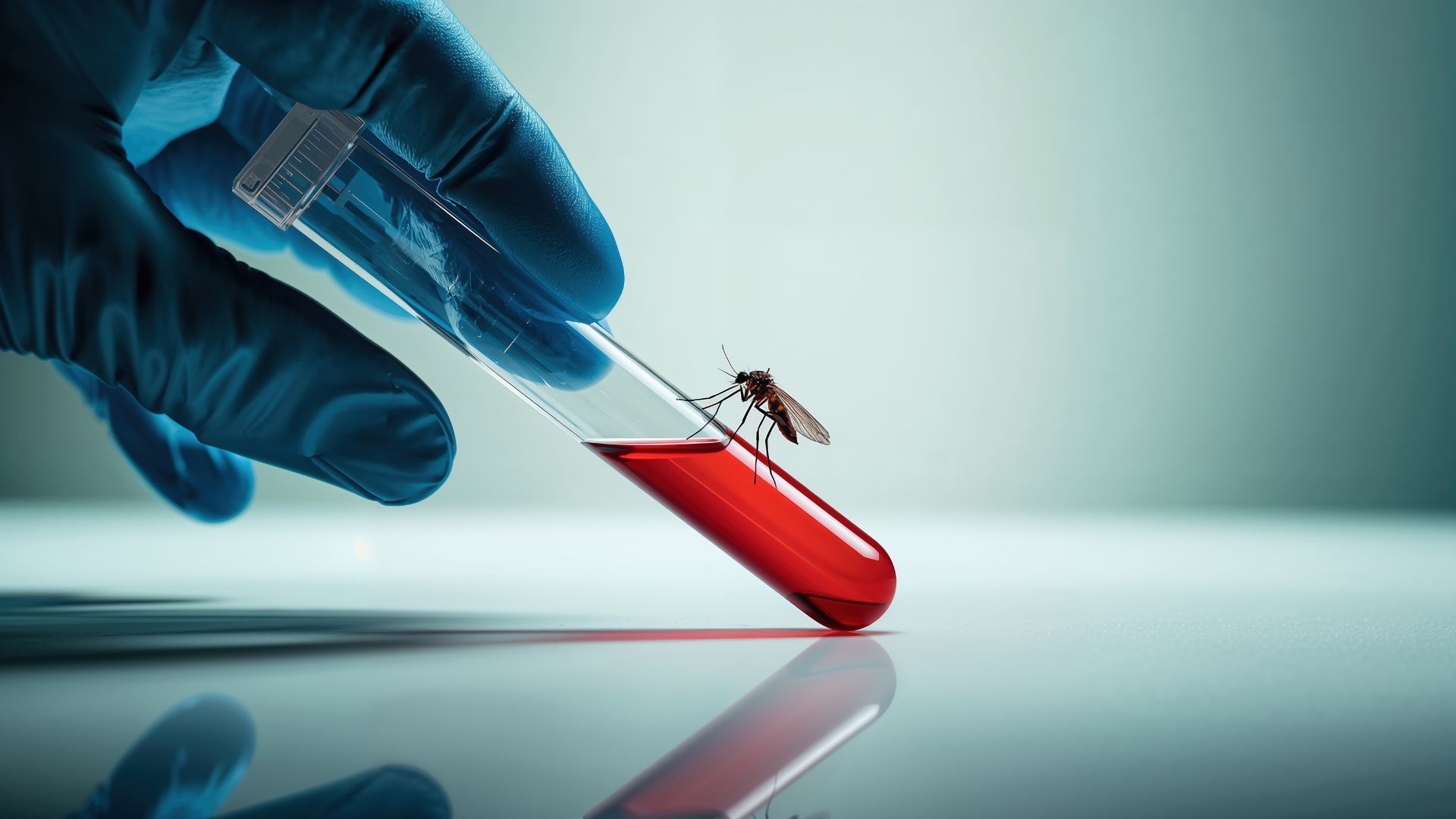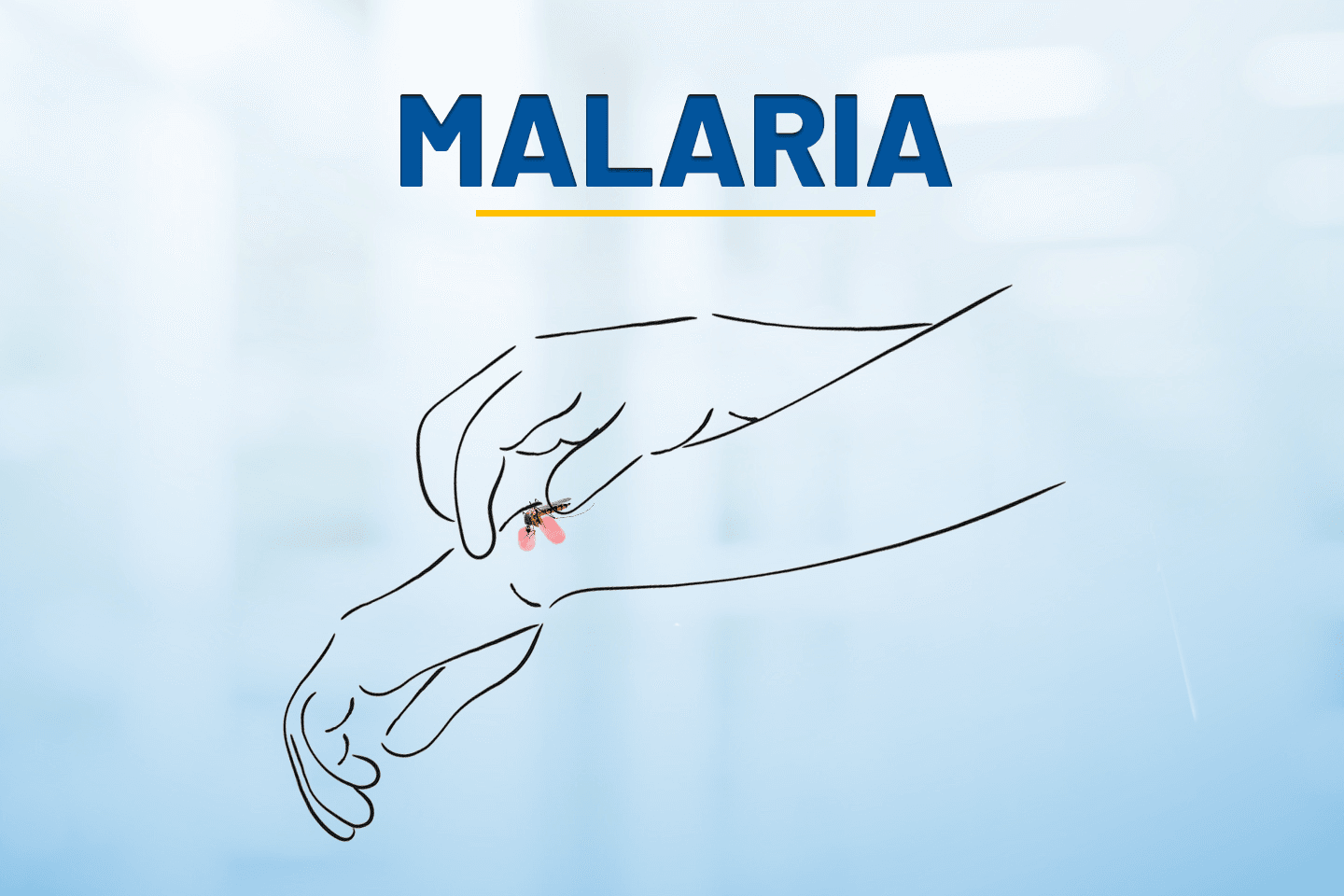
How Climate Change Affects Malaria Spread
Introduction
Climate change is no longer a distant concern—it's affecting our daily lives in countless ways. One of the most alarming impacts is on the spread of diseases like malaria. Have you ever wondered how rising temperatures or changing rainfall patterns could influence the mosquitoes buzzing around your home? This blog explores how climate change is altering the spread of malaria and the strategies needed to combat this growing health threat.
Overview of Malaria[1]
Malaria is a life-threatening disease caused by parasites of the Plasmodium genus. These parasites are transmitted to human beings through the bites of infected female Anopheles mosquitoes. The disease is mostly widespread in tropical and subtropical regions, where the climate conditions are favourable for mosquito breeding and parasite development.
Causes and Transmission of Malaria[2]
Malaria transmission primarily occurs through mosquito bites. When an infected mosquito bites a human being, the malaria parasites are injected into the bloodstream. Then these parasites travel to the liver, where they mature and reproduce. After a period of incubation, the parasites re-enter the bloodstream and infect red blood cells. This leads to the symptoms of malaria.
Symptoms and Signs of Malaria[2]
Malaria symptoms typically appear 10-15 days after the infectious mosquito bite. Common symptoms include fever, chills, headache, nausea, vomiting, and muscle pain. Severe cases can lead to complications like anemia, respiratory distress, and organ failure, which might be fatal if not treated promptly.
Basics of Climate Change[3]
It refers to significant and lasting changes in global climate patterns, primarily caused by activities such as the burning of fossil fuels, deforestation, and industrial processes. These activities contribute towards the increased concentration of greenhouse gases in the atmosphere. This ultimately leads to global warming and alterations in weather patterns.
How Climate Change Affects Malaria Spread
Temperature Changes[4]
Impact of Rising Temperatures on Mosquito Life Cycle: Higher temperatures increase the development of mosquito larvae, leading to shorter breeding cycles and increased mosquito populations. This enhances the likelihood of malaria transmission.
Expansion of Mosquito Habitats to Higher Altitudes and Latitudes: As temperatures rise, mosquitoes can survive in previously inhospitable regions. This means that higher altitudes and latitudes, which were once free from malaria, may now become breeding grounds for mosquitoes. Consequently, malaria transmission can spread to new areas, increasing the number of people at risk.
Increased Mosquito Breeding and Biting Rates: Warmer temperatures not only boost mosquito populations but also increase their biting rates. Mosquitoes bite more frequently in hotter conditions, enhancing the chances of malaria parasites being transmitted to humans. This escalation in biting activity further exacerbates the spread of malaria.
Changes in Rainfall Patterns[5]
Effects of Increased Rainfall and Flooding: Climate change also influences rainfall patterns, leading to increased rainfall and flooding in some regions. These conditions create ideal breeding sites for mosquitoes, such as stagnant water in pools, ponds, and containers. The proliferation of these breeding sites results in higher mosquito populations and a greater risk of malaria transmission.
Impact of Droughts and Water Scarcity on Mosquito Population: On the other hand, droughts and water scarcity, also driven by climate change, can impact mosquito populations differently. While droughts may reduce breeding sites, they can also force mosquitoes to concentrate in the remaining water bodies, leading to high mosquito densities and increased malaria transmission in those areas.
Humidity and Malaria Transmission[5]
Humidity and Mosquito Activity: High humidity levels prolong the lifespan of mosquitoes and increase their activity, which enhances the likelihood of malaria transmission. Climate change, by altering humidity levels, thus influences the dynamics of malaria spread.
Humidity and Malaria Parasite Development: Higher humidity levels can accelerate the maturation of parasites, shortening the time it takes for mosquitoes to become infectious. This faster development cycle leads to more efficient malaria transmission.
Challenges in Controlling Malaria Due to Climate Change
Difficulty in Predicting and Controlling Mosquito Populations: Climate change gives way to unpredictable weather patterns. This makes it challenging to predict the growth or decline of the mosquito population. This unpredictability complicates efforts to control mosquito populations and implement effective malaria prevention measures.
Challenges in Implementing Effective Preventive Measures: The changes in mosquito habitats, breeding cycles, and transmission patterns necessitate adaptive and flexible preventive measures. Traditional control strategies may need to be revised and enhanced to address the evolving challenges posed by climate change.
Strategies to Reduce the Effects of Climate Change on Malaria
Reducing Greenhouse Gas Emissions: This is one of the most effective long-term strategies. This can be achieved through the adoption of cleaner energy sources, reforestation, and promoting sustainable practices that lower carbon footprints.
Adoption of Measures: In addition to addressing climate change, it is crucial to implement targeted measures to manage malaria spread. These include enhancing surveillance systems to monitor mosquito populations, distributing insecticide-treated bed nets, and promoting public awareness about preventive practices.
MERISCREEN Malaria Diagnostic Kits by Meril
MERISCREEN Malaria Pf/Pan Ag: This kit enables the detection of Plasmodium falciparum-specific antigens (HRP2) and pan-plasmodium antigens (pLDH) through an in-vitro immunochromatographic method. It is designed to identify infections in both hepatic and erythrocytic stages using only 5µL of whole blood and provides differentiation between P. falciparum and other species such as P. vivax, P. malariae, and P. ovale within 20 to 30 minutes.
MERISCREEN Malaria Pf/Pv Ag: Specifically developed for detecting malaria infections caused by Plasmodium falciparum and Plasmodium vivax, this rapid test kit uses HRP II and pLDH enzymes to ensure swift diagnosis during the erythrocytic phase of infection. Results are provided in 20 to 30 minutes, improving the speed and efficiency of malaria management in clinical environments.
References
[1]https://www.who.int/health-topics/malaria#tab=tab_1
[2]https://www.mayoclinic.org/diseases-conditions/malaria/symptoms-causes/syc-20351184
[5]https://www.un.org/en/chronicle/article/climate-change-and-malaria-complex-relationship
https://www.news-medical.net/health/The-Effect-of-Climate-Change-on-Malaria.aspx
https://malariajournal.biomedcentral.com/articles/10.1186/s12936-020-03224-6
https://www.sciencedirect.com/science/article/pii/S1477893920303112



